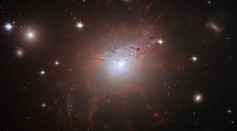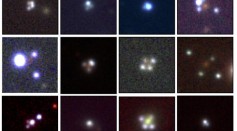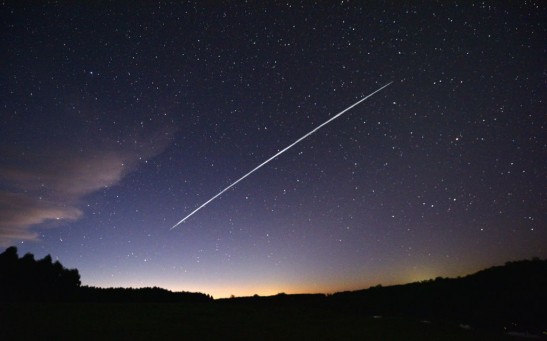astronomy

Origins of Heavy Metals: Researchers Use Computer Simulations to Determine Where Gold Comes From
German Scientists Identified the First Deeply Eclipsing Stream-Fed Intermediate Polar Located Between 4,200-9,300 Light-Years Away
White Dwarf From 1,400 Light Years Away Seen Switching On and Off for the First Time
Two Chromospherically Active Variable Stars Detected in Highly Eccentric, Eclipsing Binary System
NASA’s Hubble Space Telescope Captures a Closer Look at AG Carinae; Giant Star’s Dual Nature Revealed in Stunning Images
Star Factories Are Major Polluters of the Universe, Study Showed

China Opens the World's Largest Astronomy Museum in Shanghai
Moon-Forming Disc Discovered Around Very Young 5.4 Million-Year-Old Jupiter-Like Exoplanet; Astronomers Consider Their Discovery Important
Black Holes, Neutron Stars Merge: Astrophysicists Report First-Ever Confirmed Detection of Mergers
It's Cosmic Dawn! The Formation of Stars 250 Million to 350 Million Years After Beginning of Universe
Fireball Over Brazil Might Have Interstellar Origins, The Third Ever to Pass Through the Solar System

Hubble Telescope Pictures Rare Breed of Star Called Luminous Blue Variable

Meteor Show Starts: Lyrid “Fireballs” Set to Peak This Week

12 New Quadruple Quasars Spotted; Could Reveal Universe’s Rate of Expansion
Most Popular

How Technology Is Changing the Real Estate Industry?

Study Reveals High Turnover in Scientific Research Careers: What This Means for Future Scientists

Nikolay Karpenko Biography, Photo, Career, Accomplishments

China’s Tiangong Space Station to Expand Its Capabilities With New Modules






